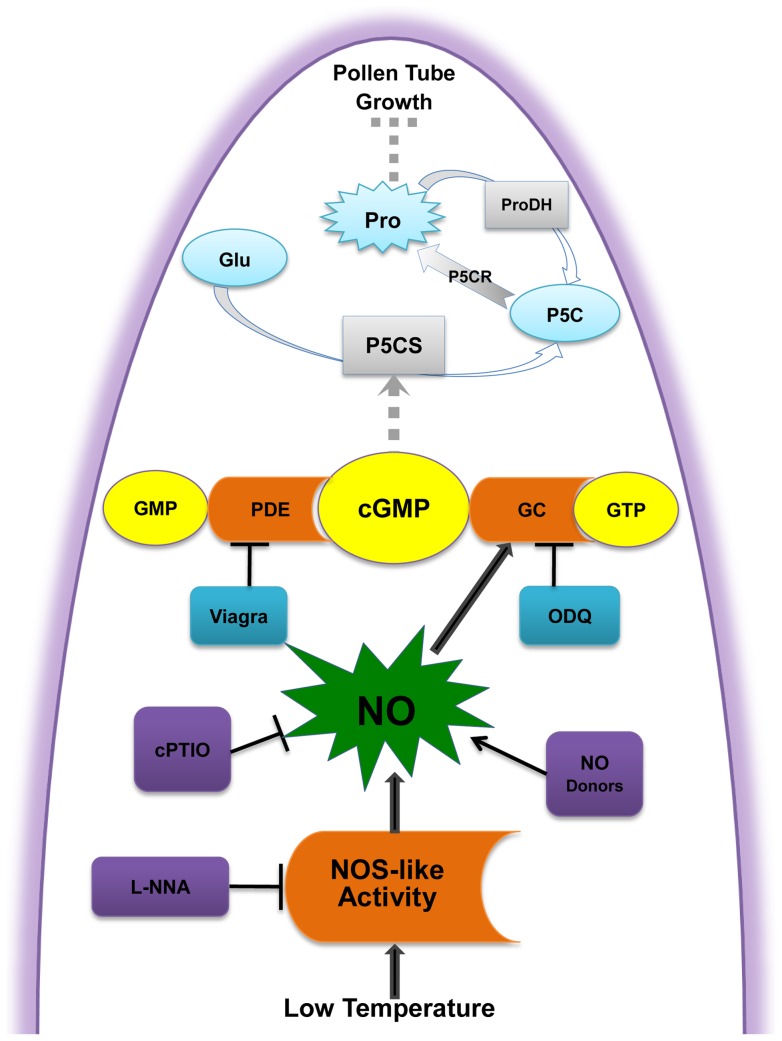Figure 11. Hypothetical model showing the potential NO signaling events that participate in Camellia sinensis pollen tube tip growth under cold stress.
This simplified model was based on the models proposed by Wang et al. [24]. Cold stress induces an increase in NO through the accumulation of NOS-like activity followed by GC stimulation resulting in cGMP enhancing. As a consequence, the proline (Pro) is stimulated. Together, these pathways lead to tip growth contraction. Black arrows indicate the links established in the induction of pollen tube development; broken arrows represent indirect or still undescribed pathways in pollen tube tip growth. NOS, nitric oxide synthase; GC, guanylyl cyclase; cGMP, cyclic guanosine monophosphate; PDE, phosphodiesterase; P5CS, delta 1-pyrroline-5-carboxylate synthase; P5CR, Pyrroline-5-carboxylate reductase; ProDH, Pro dehydrogenase; ⊥, inhibition.

